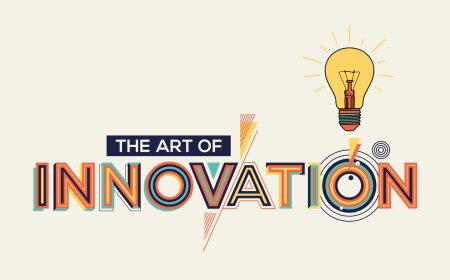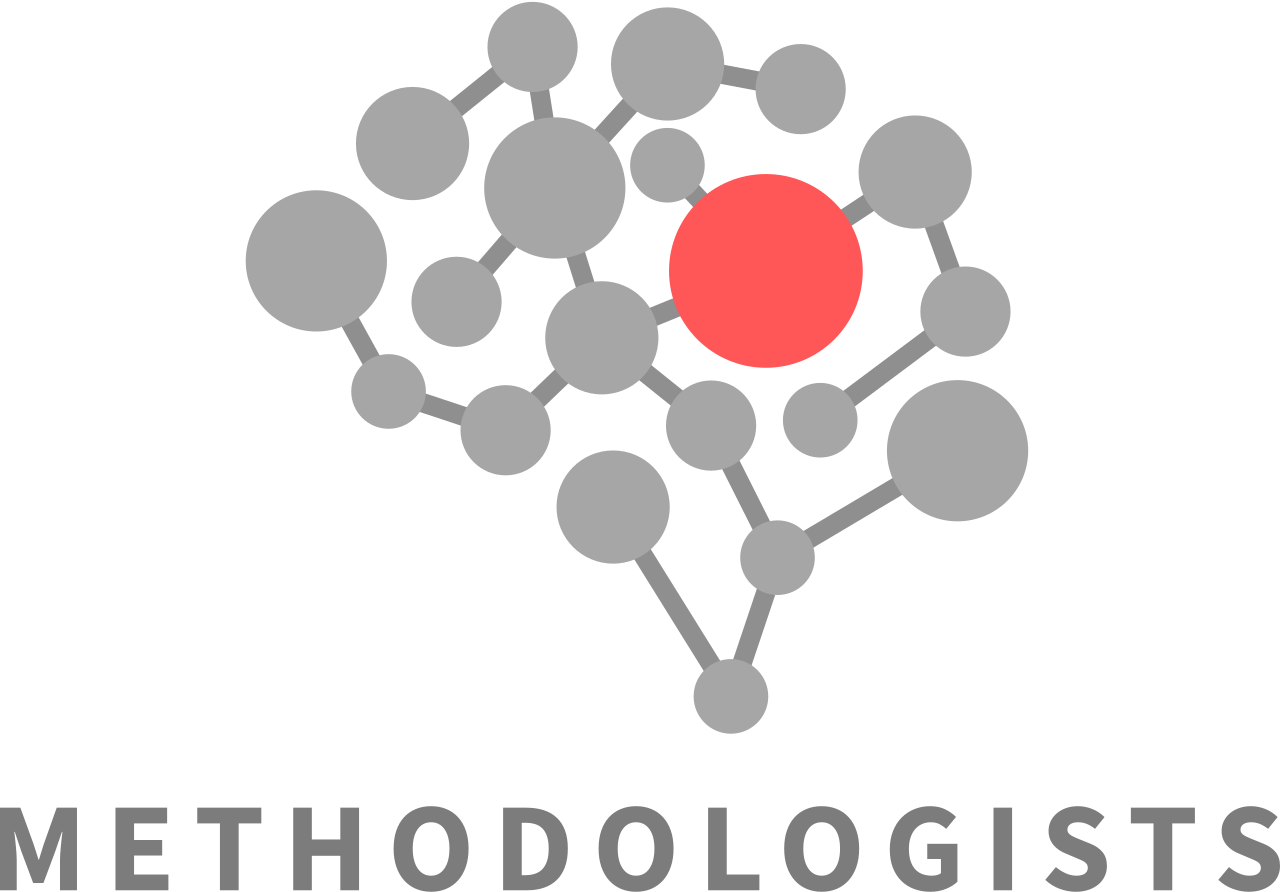The Dangers of Best Practices: Why Old Manuals Can Destroy a Company
For many companies, clinging to best practices is a path to ruin. This article argues that yesterday's success can become today's biggest obstacle. Learn how to demolish old institutional manuals and adopt a beginner's mindset for survival and growth.

The Stifling Grip of the Past
Great collapses in business are not always due to obvious failures, but often stem from an unseen commitment to past successes. Companies that once dominated their markets by excelling at a certain business model or product can become so attached to it that they fail to adapt to changing consumer priorities, technology, and economic landscapes. This is evident in industries like the petrochemical sector, where traditional giants cling to fossil fuels while the world shifts toward renewable energy. The tragedy of these institutions is not a lack of strength, but the illusion of permanence—a belief that past triumphs guarantee future success. This mindset turns once-effective "best practices" into a suffocating burden, as institutions prioritize repeating old procedures over monitoring the dynamic market and seizing new opportunities. This bureaucratic inertia is born from a culture where employees and managers alike find it safer to follow established, comfortable routines rather than risk the unknown. Survival today requires the courage to challenge every established rule and dismantle what is considered firmly fixed, demanding a mindset of perpetual starting.
The Seven Manuals of Decline
Established institutions often operate according to a set of hidden, unwritten manuals based on past glories. These patterns, while seemingly logical, plant the seeds of future decline by discouraging innovation and adaptability. The article identifies seven such recurring patterns:
-
The Traditional Expansion Manual: The belief that growth requires physical expansion, such as new branches or production lines, rather than reinventing the business model itself.
-
The Manual of Seeking Operational Perfection: An obsession with minimizing errors that leads to a fear of innovation and experimentation.
-
The Manual of Appeasing Customers: Focusing on current customer requests while ignoring what they might need in the future.
-
The Rigid Long-Term Planning Manual: Creating detailed, long-term strategies that become a constraint in a rapidly changing world.
-
The Manual of Competing on Yesterday's Standards: Continuing to compete on traditional metrics like price or market share, while new competitors change the rules of the game.
-
The Manual of Protecting Reputation at Any Cost: A zero-risk approach that leads to institutional paralysis and prevents necessary experimentation.
-
The Manual of Sanctifying the Institutional Structure: The belief that old systems and policies must remain, even when they hinder progress.
The courage to abandon these mental manuals is an existential necessity for any organization that wants to survive. The past's greatest victories can become the present's heaviest chains.
Building with a Beginner's Mindset
Once an institution has the courage to shed its old manuals, it can embrace the beginner's mindset to rebuild. This approach is based on four core principles that are essential for radical transformation:
-
Return to the human before the system: Institutions must remember their core purpose is to influence human behavior? whether it's customers, employees, or partners. All strategic decisions should be guided by an understanding of what truly motivates people.
-
Look at every practice with the eyes of a beginner: Encourage employees to question established practices and treat every rule as a hypothesis that can be challenged or reinvented.
-
Embrace the idea of constant impermanence: Build systems and strategies with the understanding that they are temporary and can be easily dismantled and reshaped. Stability is found in adaptability, not rigidity.
-
Experiment with small, correctable steps: Instead of a single, risky leap, institutions should engage in continuous, small-scale experiments. This process allows for rapid learning and course correction, building confidence in the face of uncertainty.
By adopting these principles, an institution can transform from a rigid, tradition-bound entity into a dynamic and resilient one that actively shapes its future instead of passively waiting for it.
What's Your Reaction?













































































































